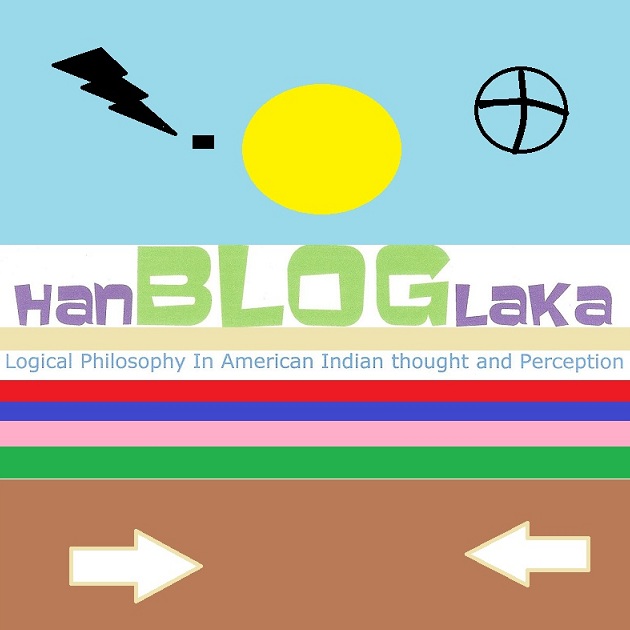Harold R. (Hal) Foster’s Prince Valiant
© Respective copyright/trademark holders.
The most important propositions connecting
real and apparent variables are the following:
(1) " When a
propositional function can be asserted, so can the proposition that all values
of the function are true." Stated more briefly, if less exactly, "what
holds of any, however chosen, holds of all." This translates itself into
the rule that when a real variable occurs in an assertion, we may turn it into
an apparent variable by putting the letter representing it in brackets
immediately after the assertion-sign.
(2) " What holds of
all, holds of any," i.e.
├ :
(x). φx . É . φy.
This states " if φx is always true, then φy is true."
(3) " If φy is true,
then φx is sometimes true," i.e.
├ : φy . É . ($x). φx.
An asserted proposition of the form "($x) . φx" expresses an "existence theorem,"
namely " there exists an x for
which φx is true." The above
proposition gives what is in practice the only way of proving
existence-theorems: we always have to find some particular y for which φy holds, and thence to infer "($x). φx." If we were to assume what is
called the multiplicative axiom, or the equivalent axiom enunciated by Zermelo,
that would, in an important class of cases, give an existence-theorem where no
particular instance of its truth can be found.
In virtue of " ├ :
(x). φx . É. φy" and
"├: φy
. É . (
x).
φx," we have
"├ :
(x) . φx . É . ($x). φx," i.e. "what is always true
is sometimes true. "This would not be the case if nothing existed; thus
our assumptions contain the assumption that there is something. This is
involved in the principle that what holds of all, holds of any; for this would
not be true if there were no " any."
(4)"If φx is always true, and yx is always true,
then 'φx . yx'
is always true,"' i.e.
├ :.
(x). φx : (x). yx: É (x) . φx . yx.
(This requires that φ and y
should be functions which take arguments of the same type. We shall explain this requirement at a later stage.) The
converse also holds; i.e. we have
├ :.
(x). φx . yx .
É : (x).
φx : (x). yx.
It
is to some extent optional which of the propositions connecting real and
apparent variables are taken as primitive propositions. The primitive
propositions assumed, on this subject, in the body of the work (*9), are the
following:
(1)
├ :
φx . É .
($z) .
φz
(2)
├ :
φx v φy . É .
($z) .
φz,
i.e.
if either φx is true, or φy is true, then ($z) . φz is true. (On the necessity for this
primitive proposition, see remarks on *9'11 in the body of the work.)
(3)
If we can assert φy, where y is a real variable, then we can assert
(x)
. φx; i.e. what holds of any, however chosen, holds of all.
There is evidence that these shared
values and perceptions were virtually universal across the continent, allowing
of course, for regional and tribal variations. This simplicity and homogenous
set of experiences, beliefs and understandings allowed the Indian people to
live an existence that includes what I have termed 4D thought, that is, a broad
shared set of knowledge that allowed everyone to know the world they lived in
and to clearly see how they could fit into it. Language was useful of course, but
it was not called upon to convey commercial or technical complexities, rhetoric
beyond story, or separation of classes.
The evolution of metaphysical principals,
such as those examined in this blog, are valiant attempts to bring order the dissipated
perceptions of European language based thought predicated by language in
practically every aspect of life. As we contiue, this will become quite
apparent I hope.
hanBLOGlaka
Logical Philosophy In American Indian
thought and Perception
Harold R. (Hal) Foster’s Prince Valiant
© Respective copyright/trademark holders.





No comments:
Post a Comment